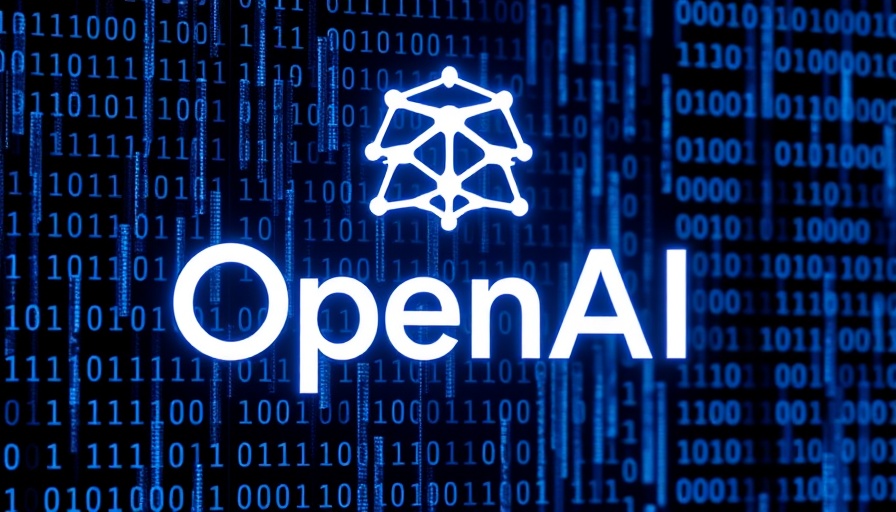
OpenAI's o1-pro: A New Expensive Benchmark in AI Cost and Capability
In an era where artificial intelligence plays an increasing role in everyday life, OpenAI has just made a splash with the launch of its latest model, o1-pro. This powerful version of the o1 AI model marks a significant financial commitment for developers aiming to leverage its advanced capabilities. Priced at $150 per million tokens for input and an astonishing $600 per million tokens generated, the o1-pro model has garnered attention for both its pricing and performance. It’s a leap over the existing o1 model and even more premium than GPT-4.5.
The Costs of Progress: What Does o1-pro Offer?
OpenAI has positioned o1-pro as a solution to some of the most convoluted problems faced by developers. The spokesperson for OpenAI states, “O1-pro in the API is a version of o1 that uses more computing to think harder and provide even better answers to the hardest problems.” This highlights that o1-pro's greater computational power is essential for producing high-quality responses. However, the question many developers are asking is whether the enhanced performance justifies the steep price tag, especially when early evaluations suggest merely marginal improvements over its predecessor.
Mixed Reviews: Can o1-pro Live Up to Expectations?
Despite the high hopes surrounding o1-pro, initial user feedback has been tepid. For instance, when tasked with solving Sudoku puzzles, users reported unsatisfactory results. Even more surprising, the model struggled with simple optical illusion jokes, raising concerns about its real-world application in creative tasks. Although internal benchmarks indicated a slight uptick in its performance for coding and mathematical inquiries, many experts remain cautious. While o1-pro demonstrated more reliability in answers, its overall superiority compared to the standard o1 model still raises eyebrows.
The Competitive Landscape: OpenAI vs. Peers
OpenAI isn’t alone in the race for advanced AI capabilities. Competitors like Anthropic and DeepMind continually push boundaries in AI research and practical applications. As these companies unveil their own innovations, the pressure remains on OpenAI not only to deliver a product that provides superb functionality but also to consider usability and accessibility. At this high cost, developers will likely weigh the benefits of integrating o1-pro into their existing frameworks against alternatives that could offer similar or improved performance at a more manageable price.
Looking Ahead: The Future of AI Pricing and Technology
The landscape of AI technology is rapidly evolving, and the introduction of o1-pro may signal a shift in how companies price these tools. As the demand for sophisticated AI solutions continues to surge, developers will have to make strategic decisions regarding their investments. Will the adoption of high-cost tools like o1-pro become the norm, or will it encourage more companies to innovate for cost-effective alternatives? The outcomes of these choices will resonate through the technological ecosystem, potentially redefining market expectations.
Conclusion: Navigating the Expensive Ai Terrain
While the launch of OpenAI's o1-pro sets a new precedent in AI expense, the effectiveness of this model will dictate whether it becomes a staple in developer toolkits or remains a luxury. IT professionals interested in cutting-edge tech should keep a close eye on performance reviews, updates, and feedback from peers to inform any future commitments. As the landscape of AI continues to shift, staying informed will empower developers to make the best choices for their projects.
For trends and insights on emerging AI technologies, make sure to subscribe to our newsletter!
 Add Row
Add Row  Add
Add 




 Add Row
Add Row  Add
Add 

Write A Comment